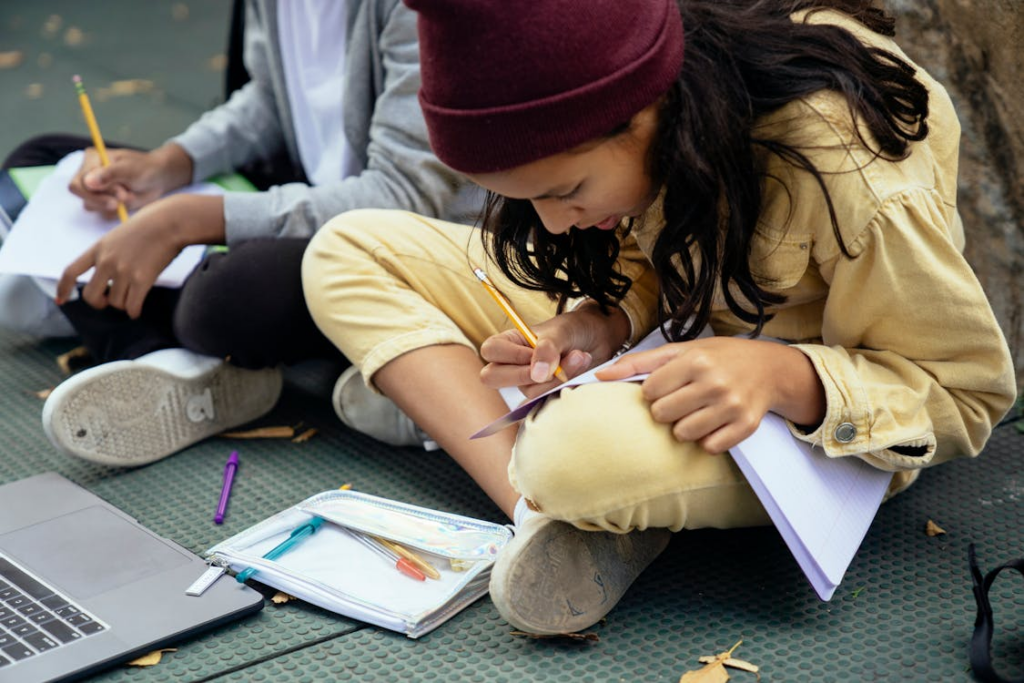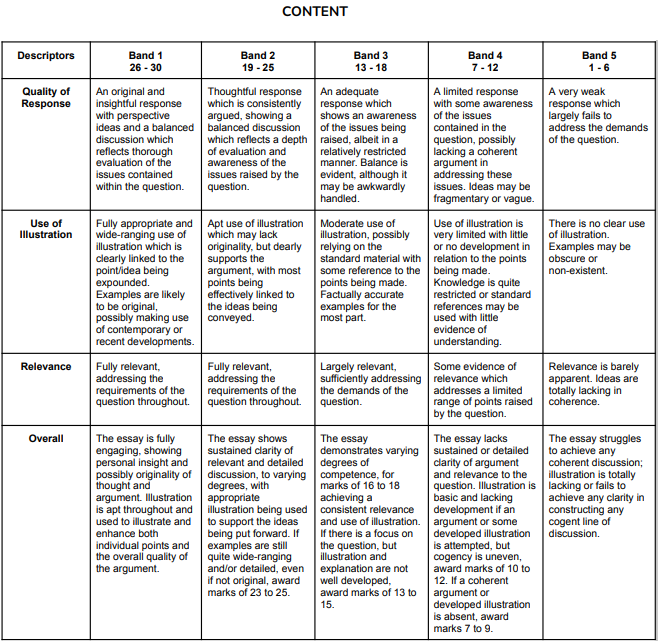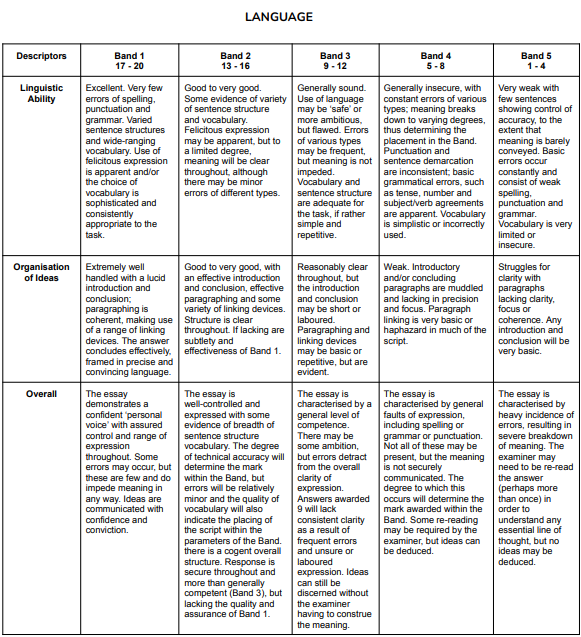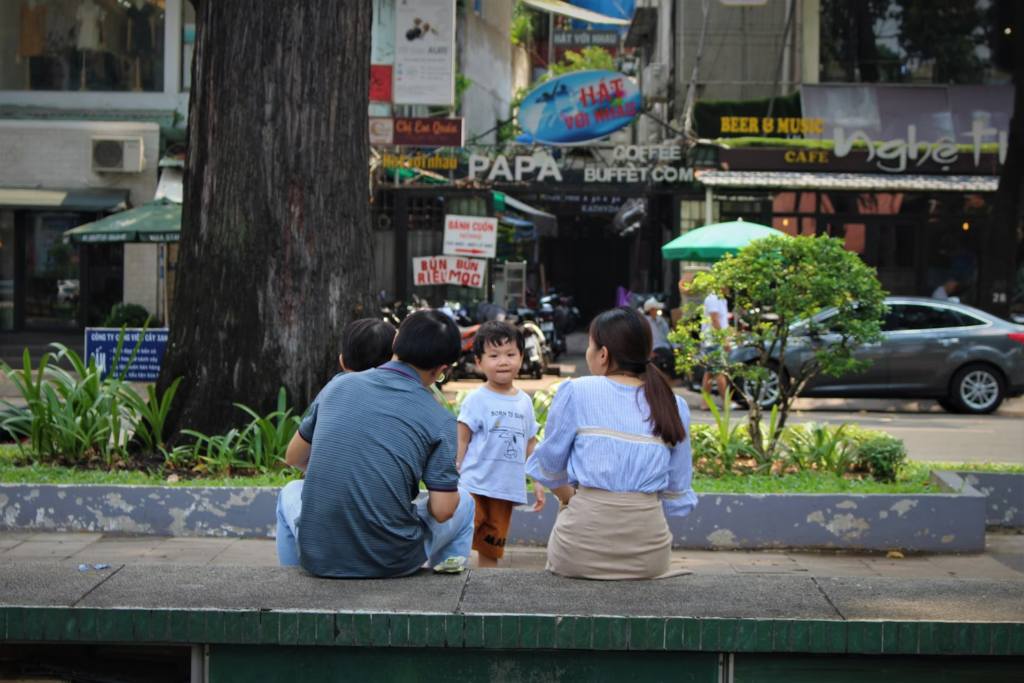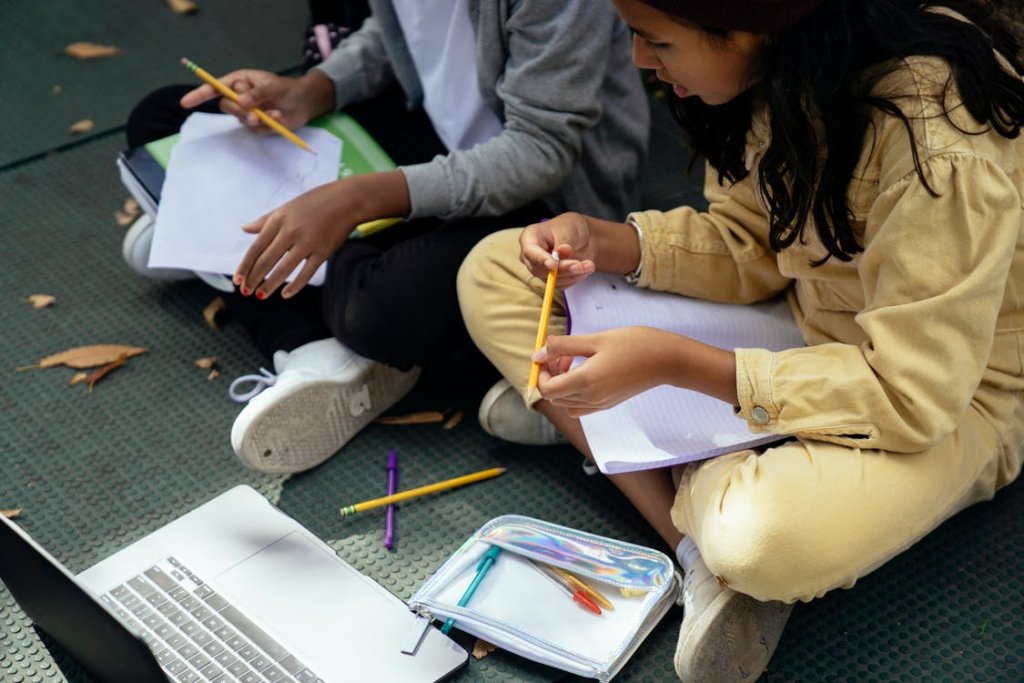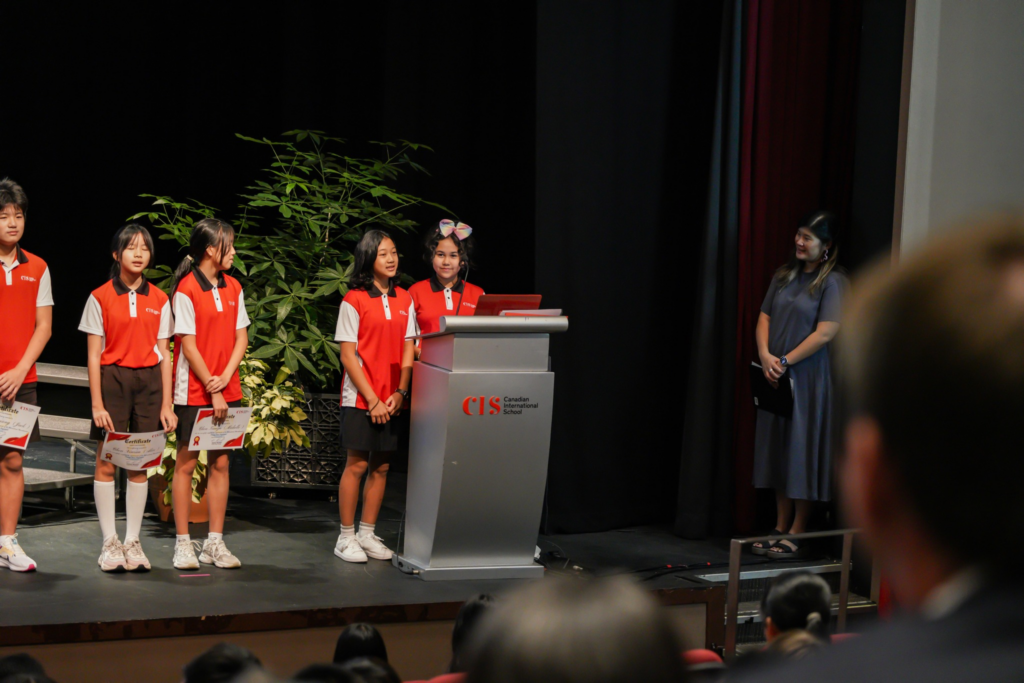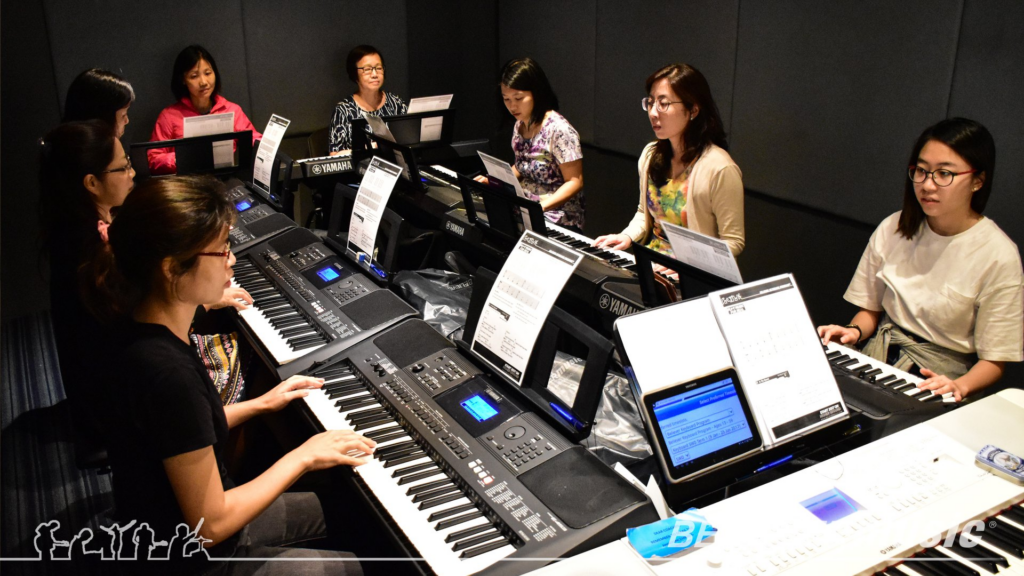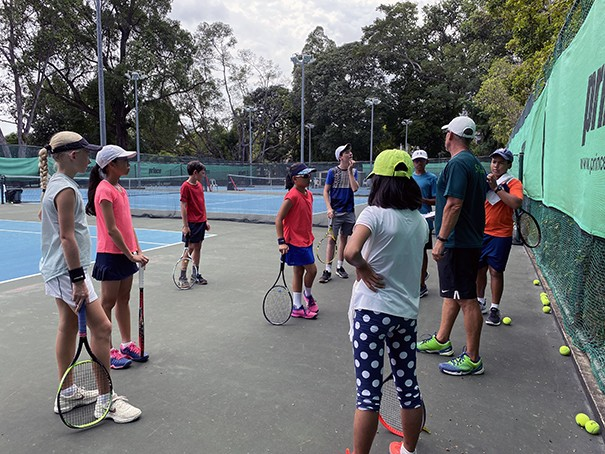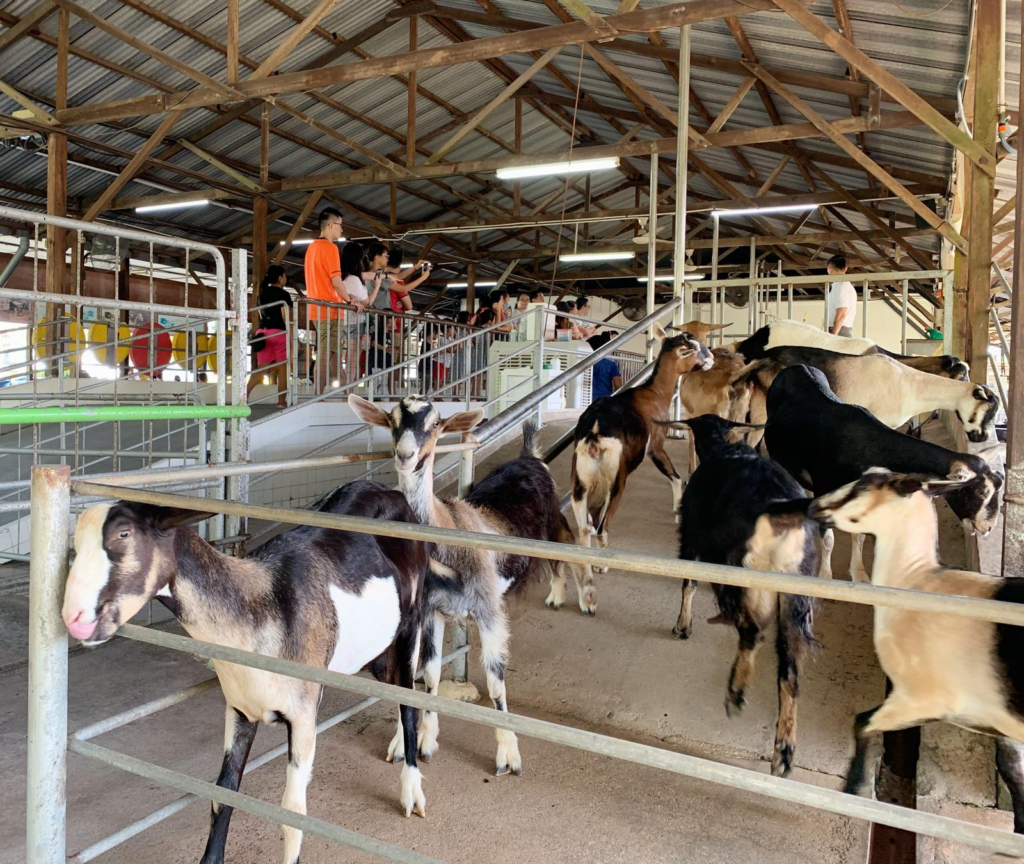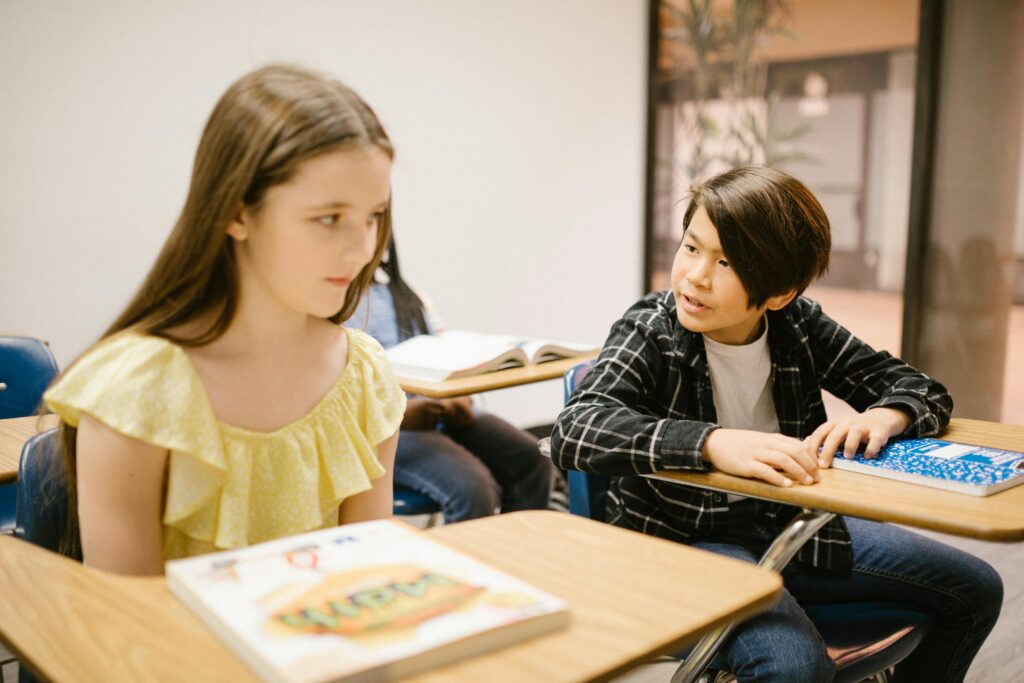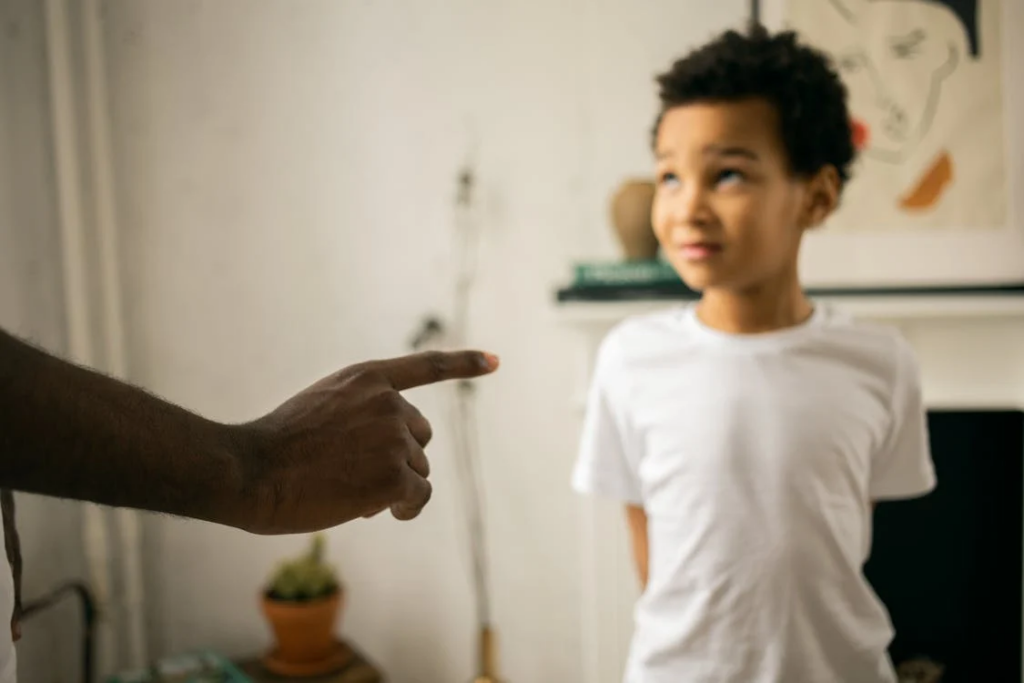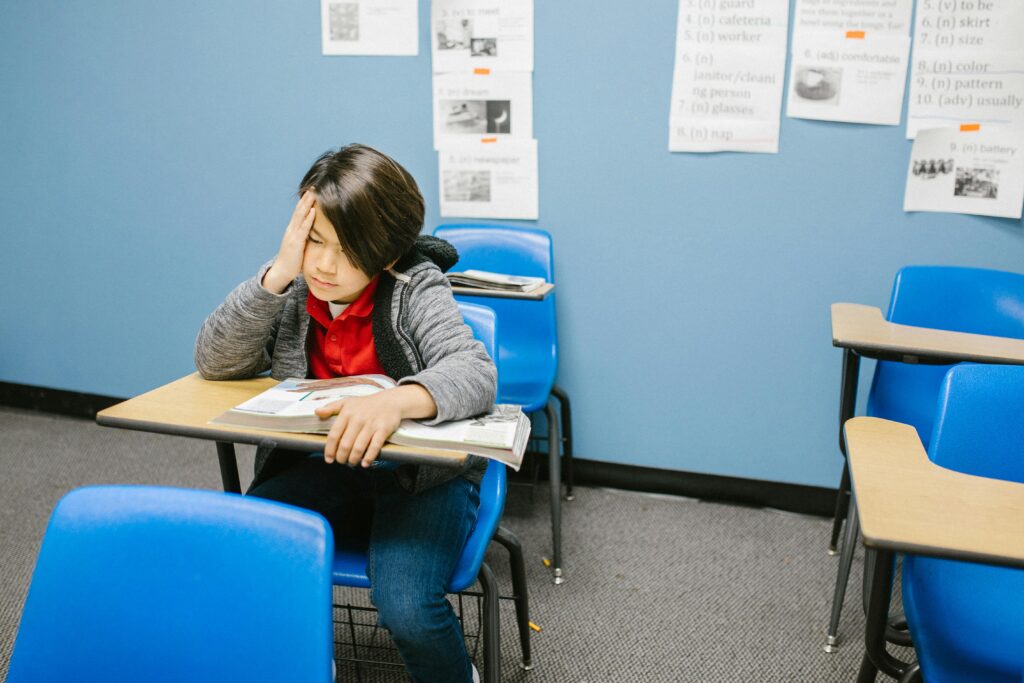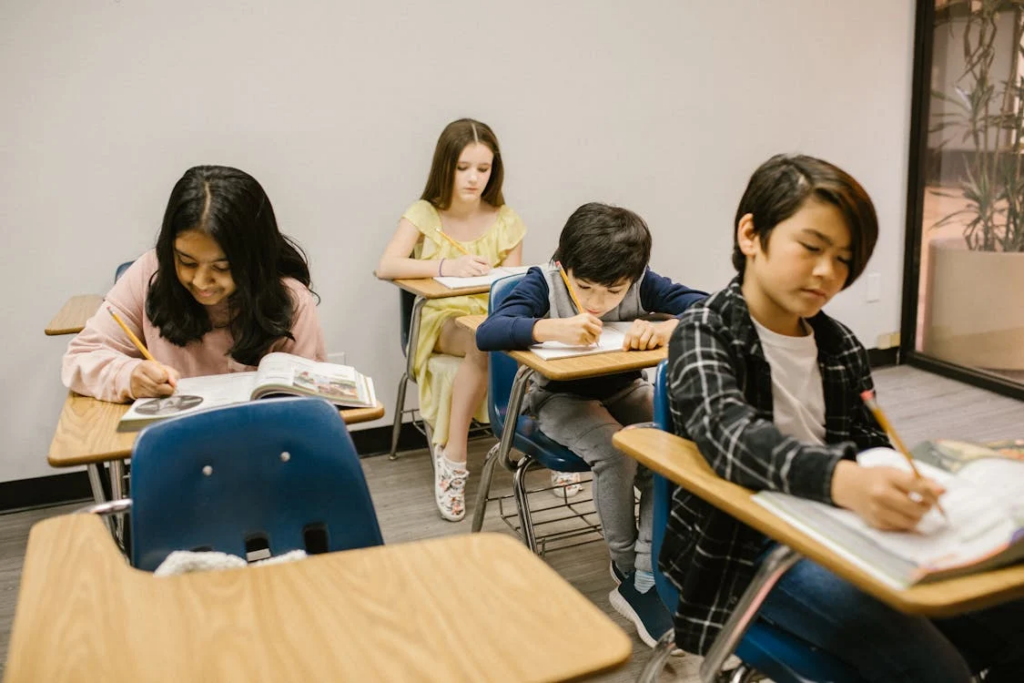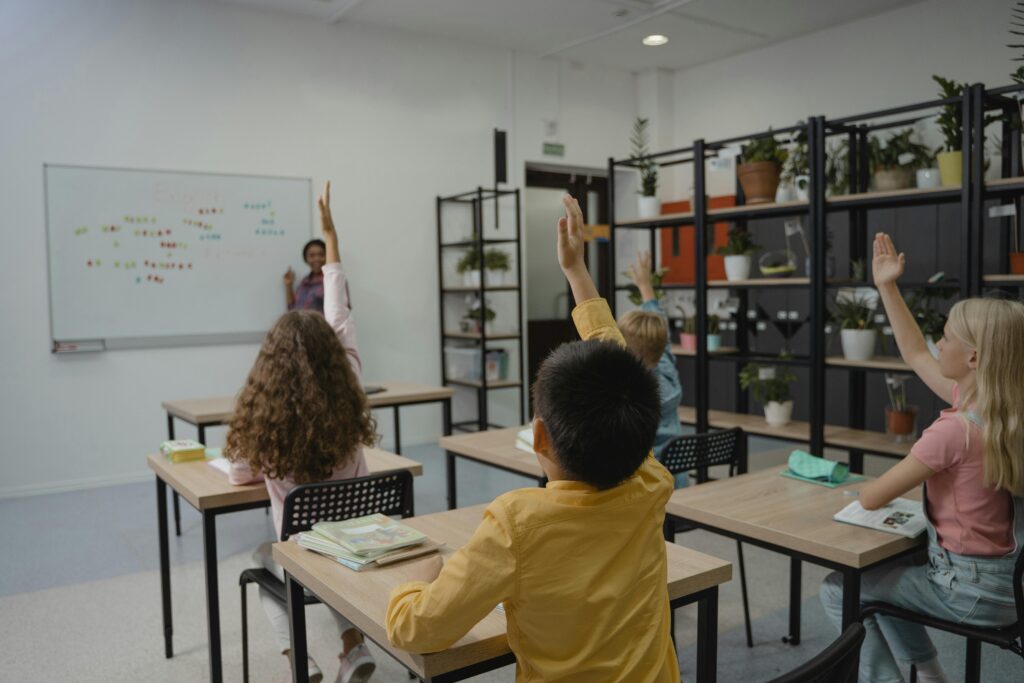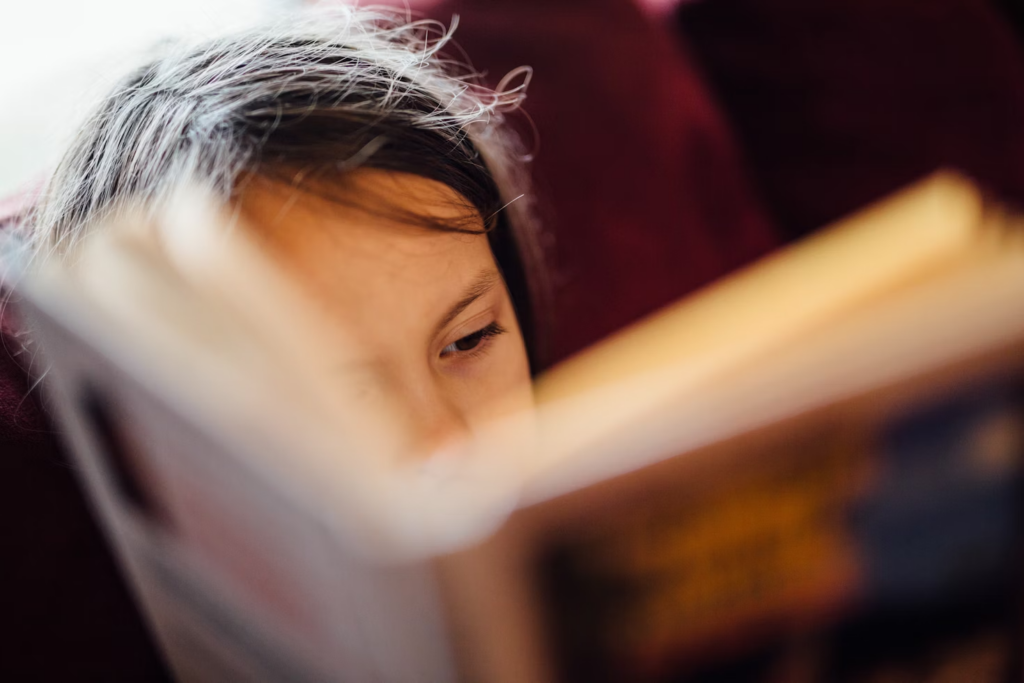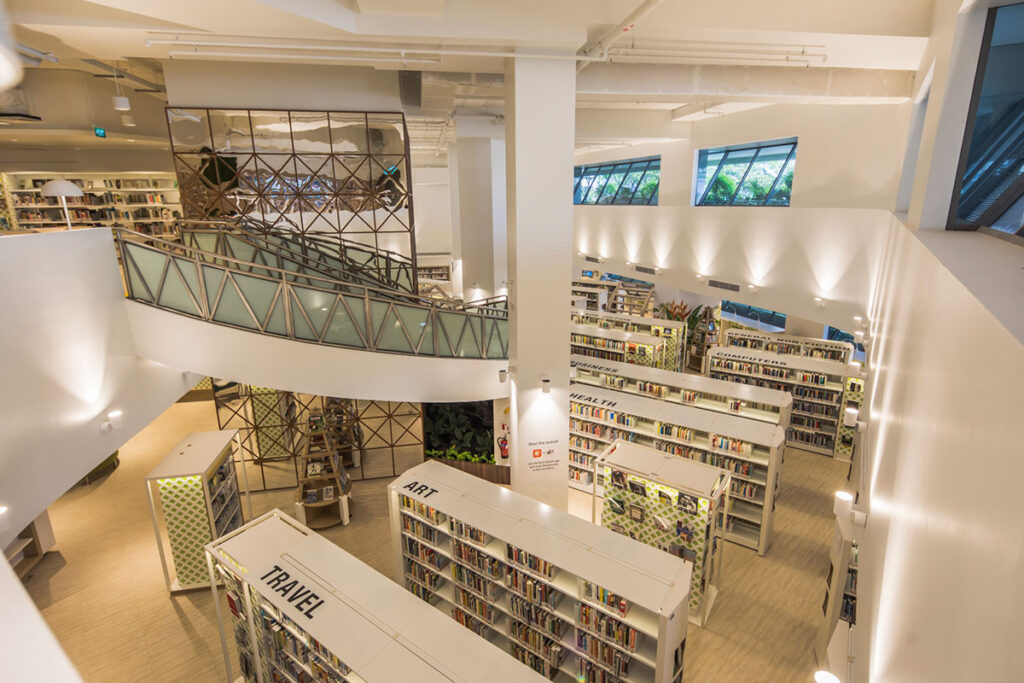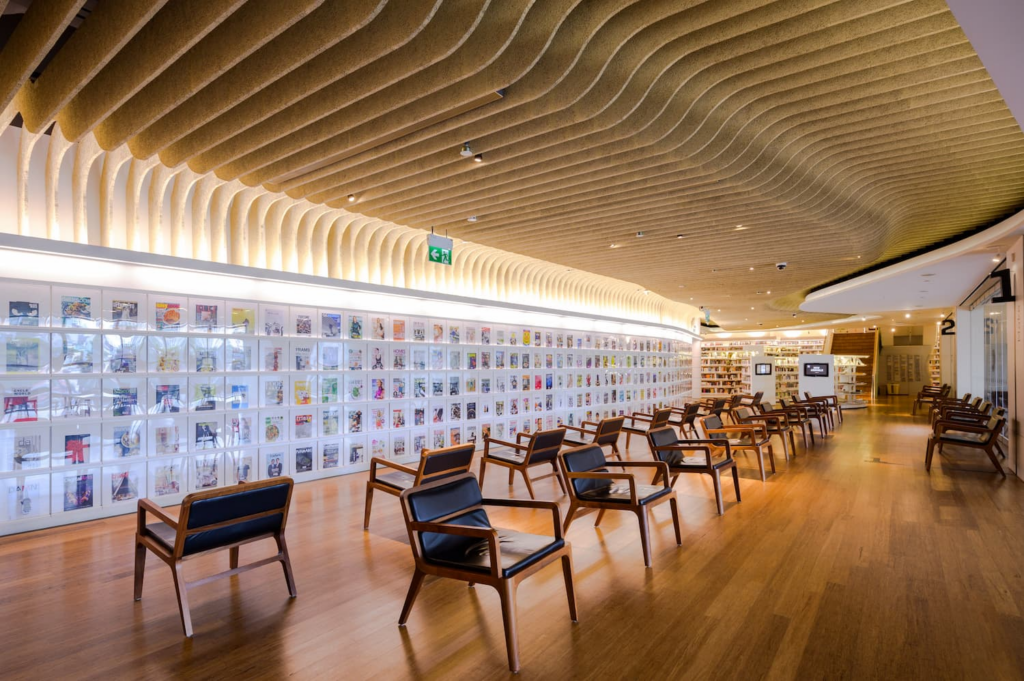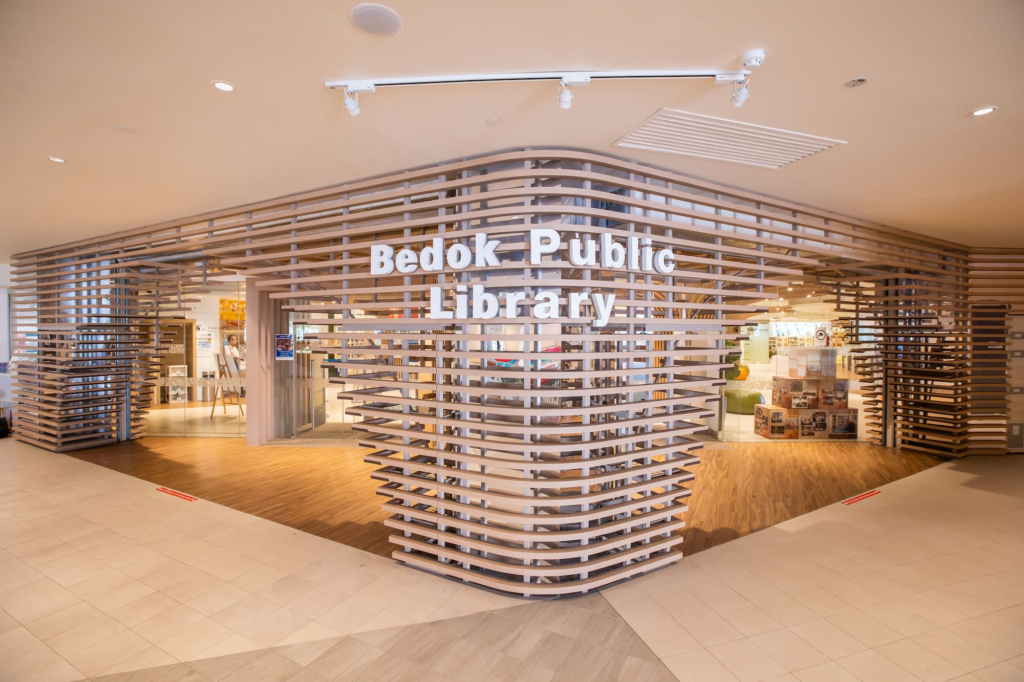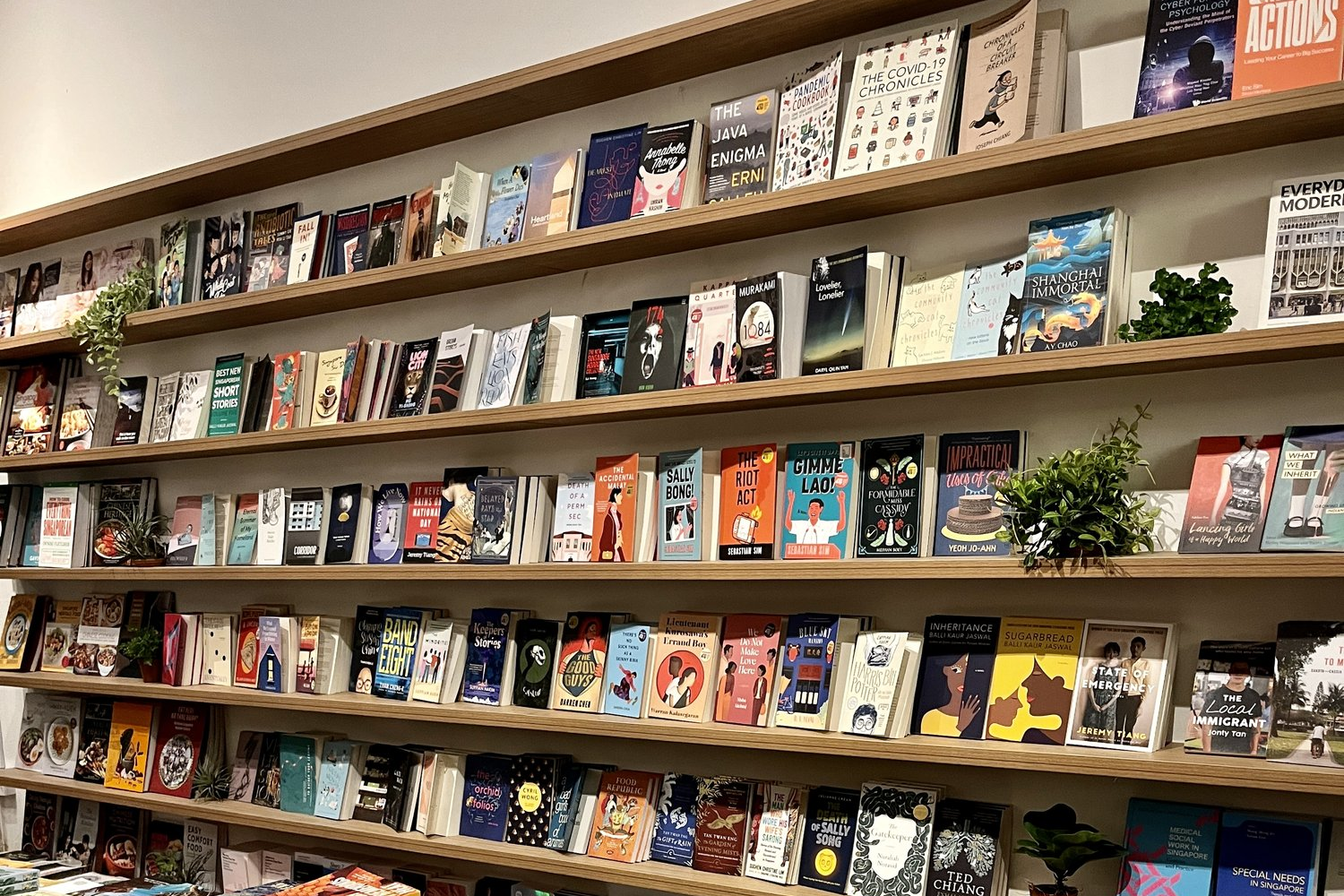"With 'Espresso' climbing the Billboard Hot 100, Sabrina Carpenter proves that a decade of hard work pays off."

Sabrina Carpenter has firmly established herself as one of today’s biggest pop stars. With hits like “Espresso” making waves on the Billboard Hot 100 charts this year, her popularity has skyrocketed. Despite the appearance of sudden success, Sabrina’s journey to stardom has been a decade in the making. Sabrina has been actively releasing music for the past ten years, steadily cultivating her career and now, at last, earning the recognition she has worked so hard for.
Early Life and Career

Sabrina Annlynn Carpenter, born on May 11, 1999, in Quakertown, Pennsylvania, has been under the spotlight her whole life. Even from a young age, Sabrina displayed a remarkable talent and a passion for performing. She honed her skills by taking lessons in singing, dancing, and acting, laying a strong foundation for her future career.
At around the age of ten, Sabrina began to share her talent with the world by posting videos of herself singing songs by Christina Aguilera and Adele on YouTube. These videos showcased her impressive vocal abilities and garnered her early attention.
Sabrina’s first acting role came in 2011 when she landed a guest role on the NBC drama series “Law & Order: Special Victims Unit.” This role marked the beginning of her journey in the acting world. Her big break came in 2013 when she was cast in the Disney Channel series “Girl Meets World.” This role catapulted her into the limelight and introduced her to a broader audience.
In addition to her acting career, Sabrina pursued her passion for music. Starting at sixteen, she released four albums over five years, including “Eyes Wide Open,” “Evolution,” “Singular: Act I,” and “Singular: Act II.” Remarkably, she managed to release these albums while balancing a thriving acting career.
The Breakthrough

In 2022, Sabrina Carpenter released her fifth studio album, Emails I Can’t Send, which marked a significant breakthrough in her career. The album debuted and peaked at number 23 on the Billboard 200, signalling her rising prominence in the music industry. With 18,000 album-equivalent units sold, it became her highest entry on the chart to date and garnered widespread recognition.
Emails I Can’t Send featured notable singles such as “Vicious” and “Nonsense,” which helped solidify Sabrina’s place in the pop music landscape. One of the bonus tracks, “Feather,” released as the final single in August 2023, achieved remarkable success. It peaked at number one on the US Pop Songs chart and reached number 21 on the Hot 100, further showcasing Sabrina’s growing popularity.
In June 2023, Sabrina Carpenter’s career hit another milestone when she was announced as the opening act for Taylor Swift’s Eras Tour in Latin America, Australia, and Singapore. This opportunity exposed her to a broader audience and cemented her status as a rising star in the global music scene. For ponderings on Taylor, check out Taylor Swift’s Songs in Literary Debate.
Continuing her momentum, Sabrina released a Christmas-themed EP titled Fruitcake on November 17, 2023. She followed this with the release of the single “Espresso” on April 11, 2024. The upbeat track quickly gained traction, receiving extensive radio play and spending weeks in the top 10 of the Hot 100 chart. “Espresso” is set to feature on her upcoming sixth studio album, Short n’ Sweet, slated for release on August 23, 2024.
From Child Star to A-List Sensation

Sabrina Carpenter’s rise to fame has been anything but instantaneous. Her journey towards recognition took years, filled with the release of multiple albums, changes in record labels, and countless tour dates. Despite starting her career at the tender age of ten, it took significant time and effort for Sabrina to become a recognizable name in the entertainment industry.
From co-starring in the Disney Channel series Girl Meets World in 2014 to appearing in over 70 episodes of the series, Sabrina worked tirelessly to build her career. By the age of 25 she has not only established herself as a promising young talent but also as a seasoned veteran with extensive experience in the spotlight and several full-length albums to her name.
Developing a loyal fan base took time and dedication. Sabrina spent years cultivating her supporters, both as a beloved TV character and as a prolific singer and actor. Her current musical stylings reflect her growth and maturity, appealing more to an adult audience than her earlier teen-focused work. This evolution has broadened her appeal and solidified her position in the industry.
Sabrina Carpenter, once a former child star, has now ascended to A-list status. Her journey is a testament to her perseverance, talent, and hard work. As she continues to evolve as an artist, her bright future seems all but assured.
For more on popstar success stories, check out Olivia Rodrigo: From Disney Dreams to Global Popstar.



